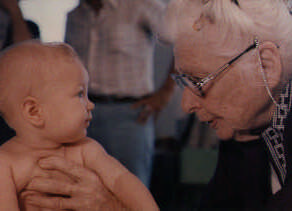Rolfing is a system of soft-tissue manipulation and education, based on the life work of Ida Rolf, PhD. She developed a system of hands-on work to balance the body’s structure, or posture, more easily and efficiently in gravity. Dr. Rolf discovered over a 50-year career that it is possible to significantly change and improve a person’s structure by manipulating the body’s myofascial system.
A Rolfer is particularly looking at how a client has gotten “stuck in place” over time. As we move through life and are forced to compensate for injuries, physical or emotional trauma, work postures or habitual activities, the soft tissue (called fascia) in our bodies begins to shorten, get stiffer and less malleable, and lose its elasticity. Over time, our bodies get molded into a set shape that prevents us from sitting, standing, moving or resting efficiently or c omfortably.
omfortably.
Fascia is a complex web of tissue that covers and connects muscles and bones (as well as other body organs). It covers individual muscles, but also forms broad sheaths that in turn form a completely interconnected web throughout the body. Ida Rolf called the network of fascia, with its ability to compensate for and adapt to strain anywhere in the body, the “organ of structure.”
A Rolfer applies hands-on pressure to fascia, to lengthen, reposition, and free it where it is stuck. By doing this systematically wherever it has adapted to strain, a client can gradually rediscover more freedom of movement, improved balance and function, improvement in symptoms such as pain or muscle soreness, and a greater sense of well-being.
Rolfers are trained at the Rolf Institute of Structural Integration, located in Boulder, Colorado. The primary membership organization for structural integration practitioners is the International Association for Structural Integration (IASI).
